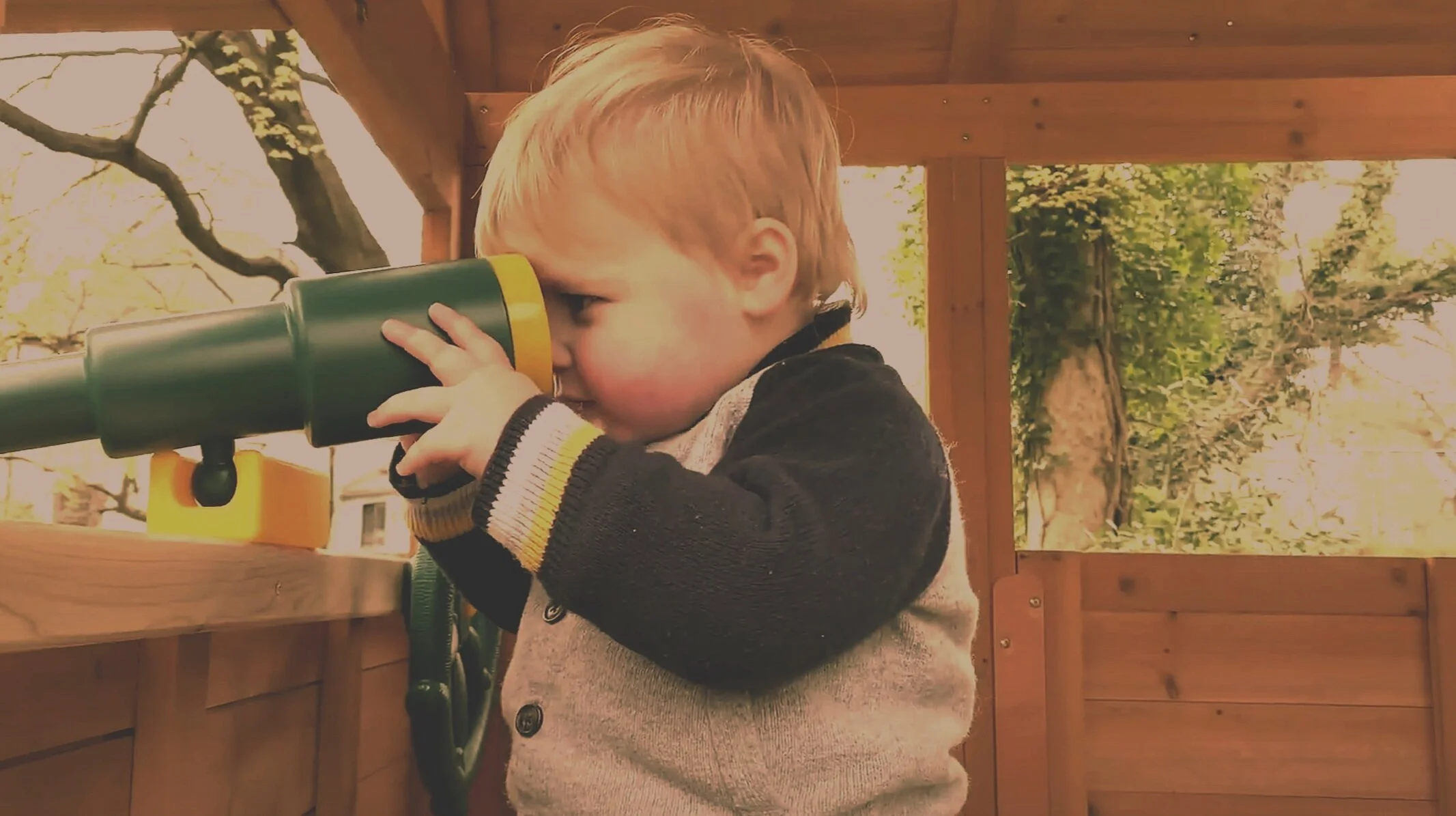The transformative power of feedback
In our last installment, I detailed my experience presenting myself and my work – remotely – for a potential position with a respected design firm. I described my challenges in communicating effectively to a faceless audience, bereft of feedback to guide me back to shore – lest I drift out to sea.
In preparing, I made decisions about what and how to present based on my own set of narratives. I’m a designer, they’re designers. What’s important to me is important to them. I need only to demonstrate that my design, critical thinking, and storytelling skills meet their high standards. Had those assumptions been correct, I may have gotten an offer. Alas, I did not.
I set out immediately to seek the elusive and priceless pearl hidden within the oyster of failure: feedback.
I emailed the Executive Design Director to thank him for the opportunity, and to ask again for feedback. I was honest, and told him how important it was to me to gain the insight of his perspective. I asked specifically if he could carve out 15 minutes. Much to his credit, he answered my call, and honorably discharged his duty as a fellow designer – he gave me honest feedback.
A designer is honor-bound to give candid feedback when called upon. This is The Way.
Feedback is so important because it gives you insight into someone else’s reality, how they experience you, and the narratives they form about you. You learn what’s important to them, what worries them, how their experience differs from your own. You can see how it leads them to different conclusions, and to hold different views.
It’s important to understand that feedback only shows us another perspective – it doesn’t judge.
All perspectives are equally valid, and when they’re not aligned it doesn’t mean someone was wrong. Accepting this is key to welcoming feedback openly and reaping the benefits.
In this case, I could see how our perspectives weren’t aligned. I had hoped to communicate my approach to problem-solving, design process, and storytelling chops. I did this successfully, by diving deeply into a complex and nuanced case study. I ran short on time, having framed my audience as design insiders, more concerned with quality than with quantity.
They saw things through the lens of clients and team members who would work with me. People who would rely on me to run effective meetings and manage time efficiently. Aspects that I hadn’t prioritized in this case. I had taken those soft skills for granted, misjudged their expectations, and missed the mark.
From our own perspective, it’s easy to assume that people know basic things about us that they don’t. Because for all anybody knows, I could be one of those talented designers who’s otherwise a hot mess.
Then again, it’s 2020. I haven’t been out of my shed since March, or talked to anyone outside of my family and a handful of cashiers. I cut my own hair. It’s easier than ever to become absorbed in our own perspectives. That’s why the pursuit of feedback is more critical now than ever.
Start with Part 1: Mid-carer wayfinding now that (gestures broadly at everything)
Then try Part 2: Into the darkness: defining career attributes
And then Part 3: Is there anybody out there? Presenting into the Void










We should start thinking about our value not as the set of knowledge and skills we have, but as the unique, evolving process through which we create value.